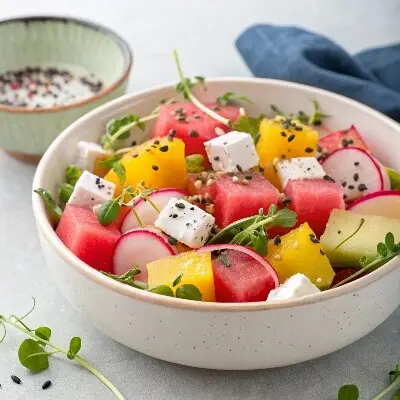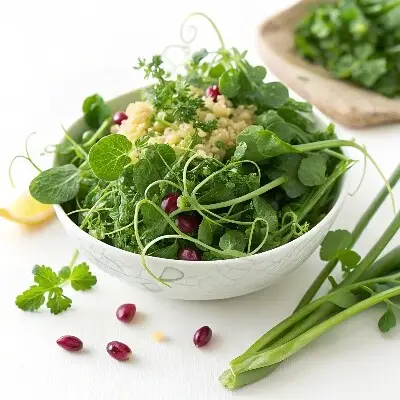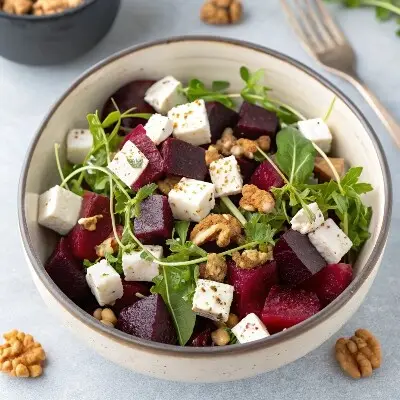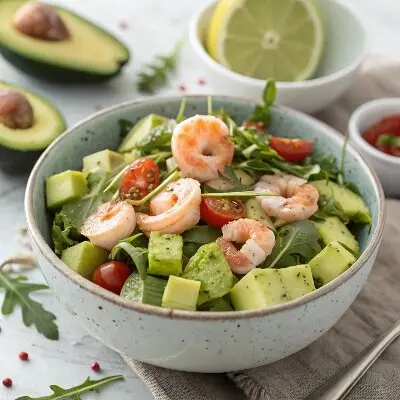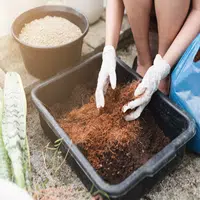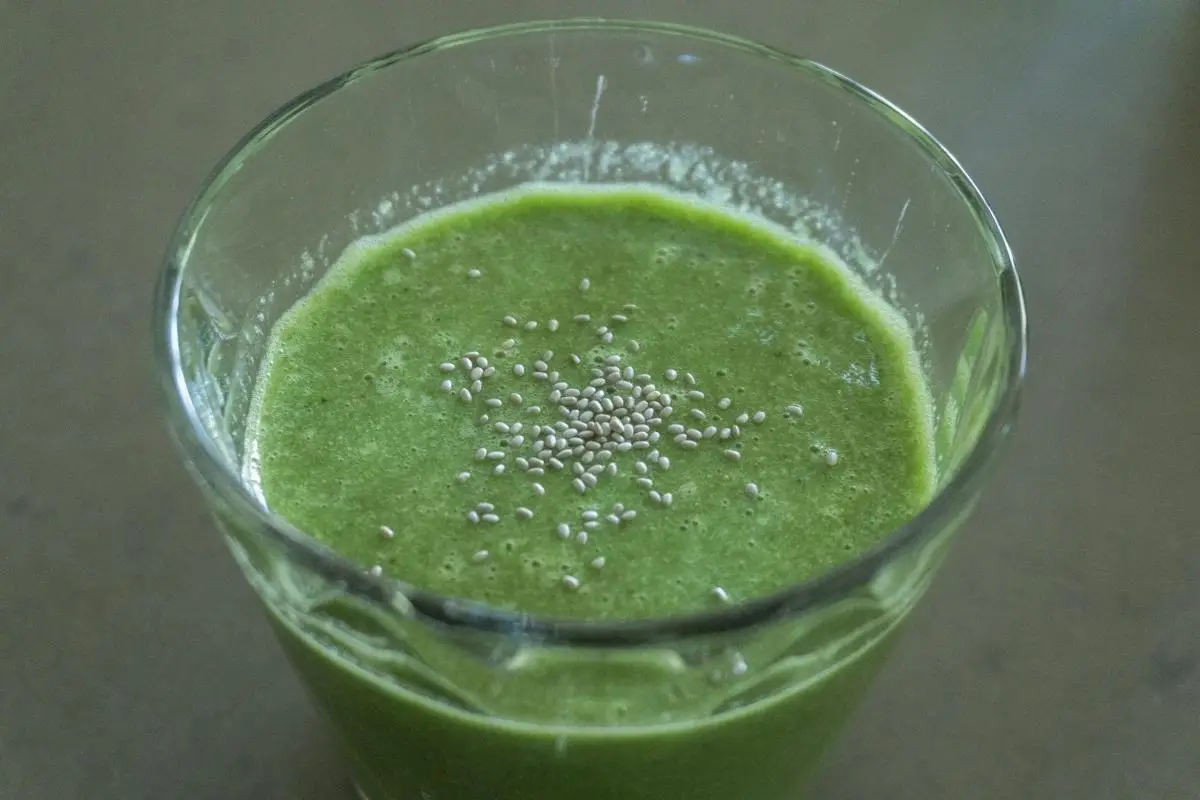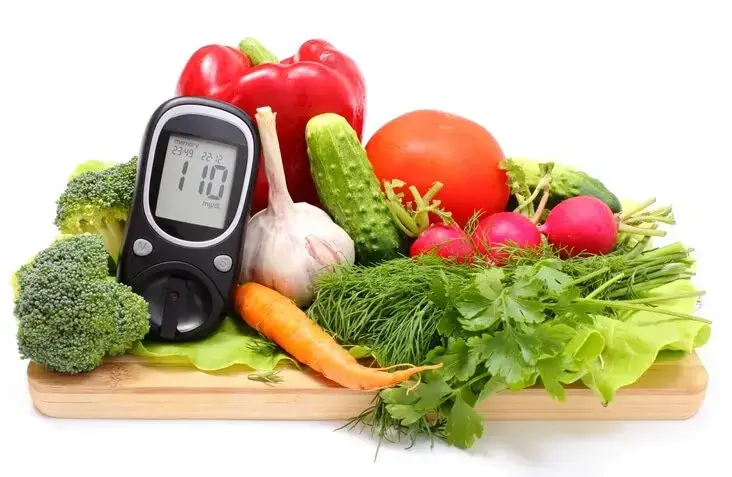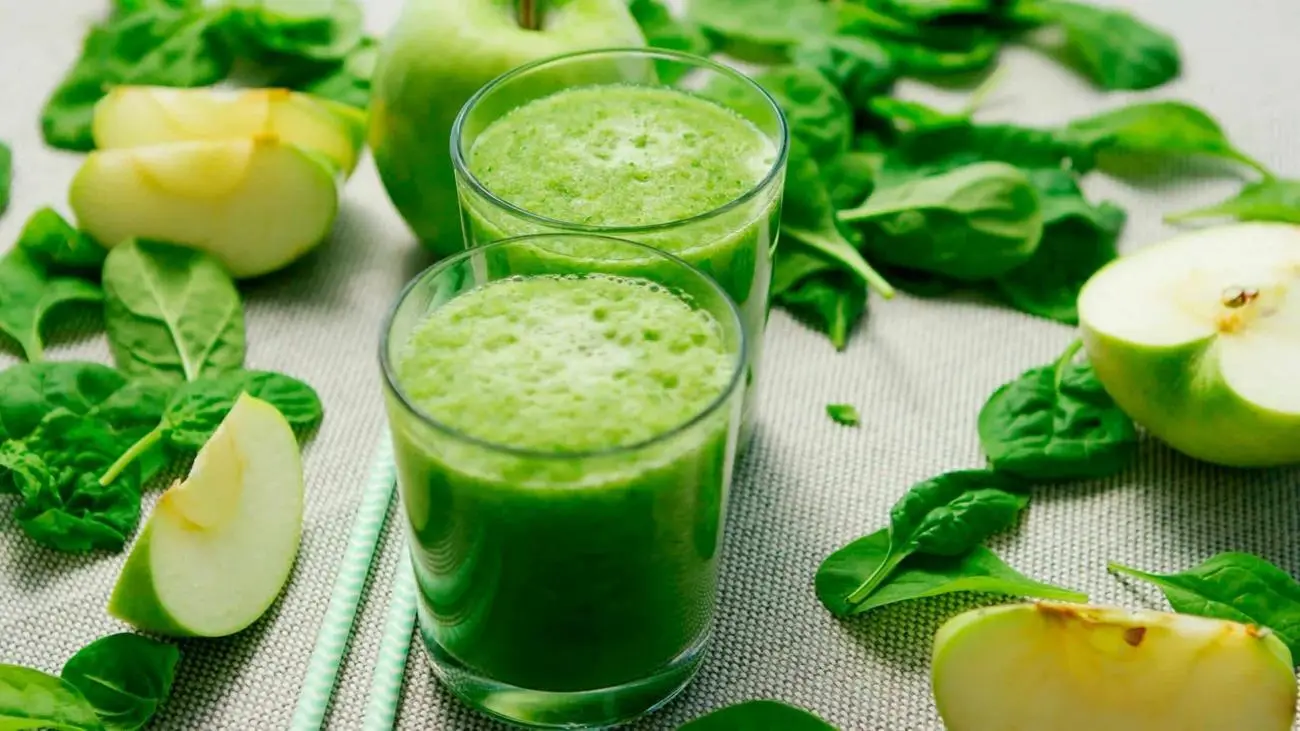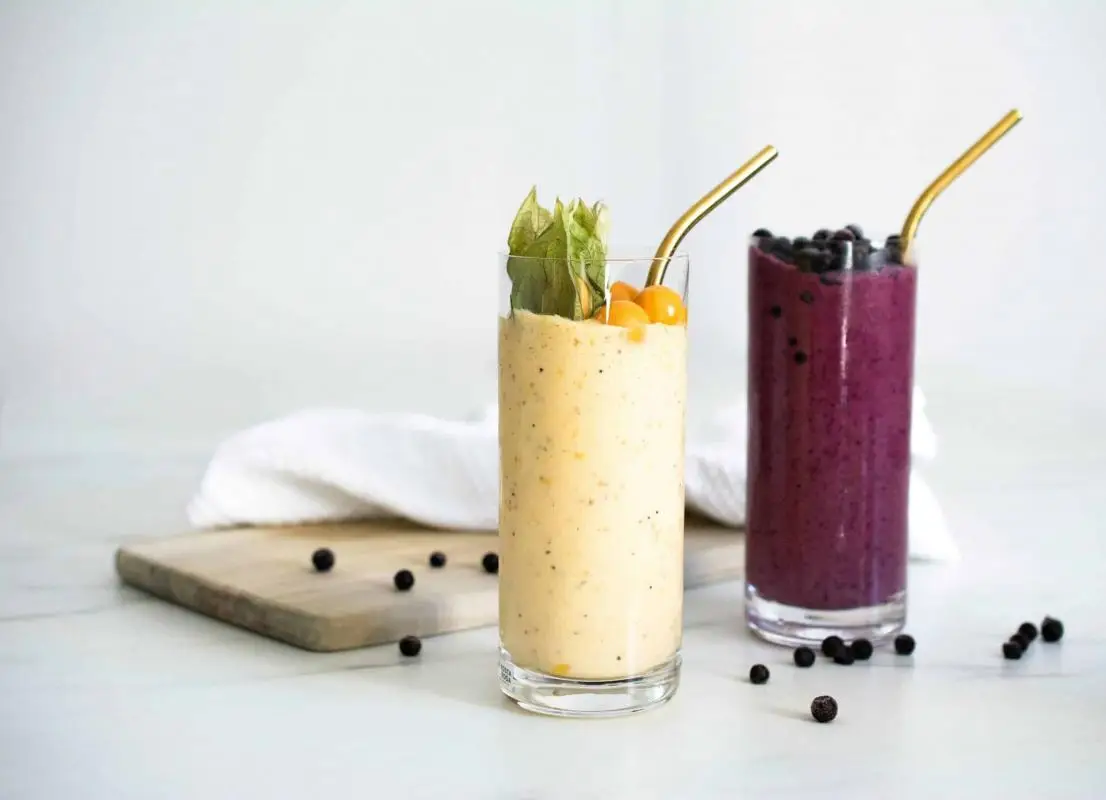Creative culinary use for microgreens
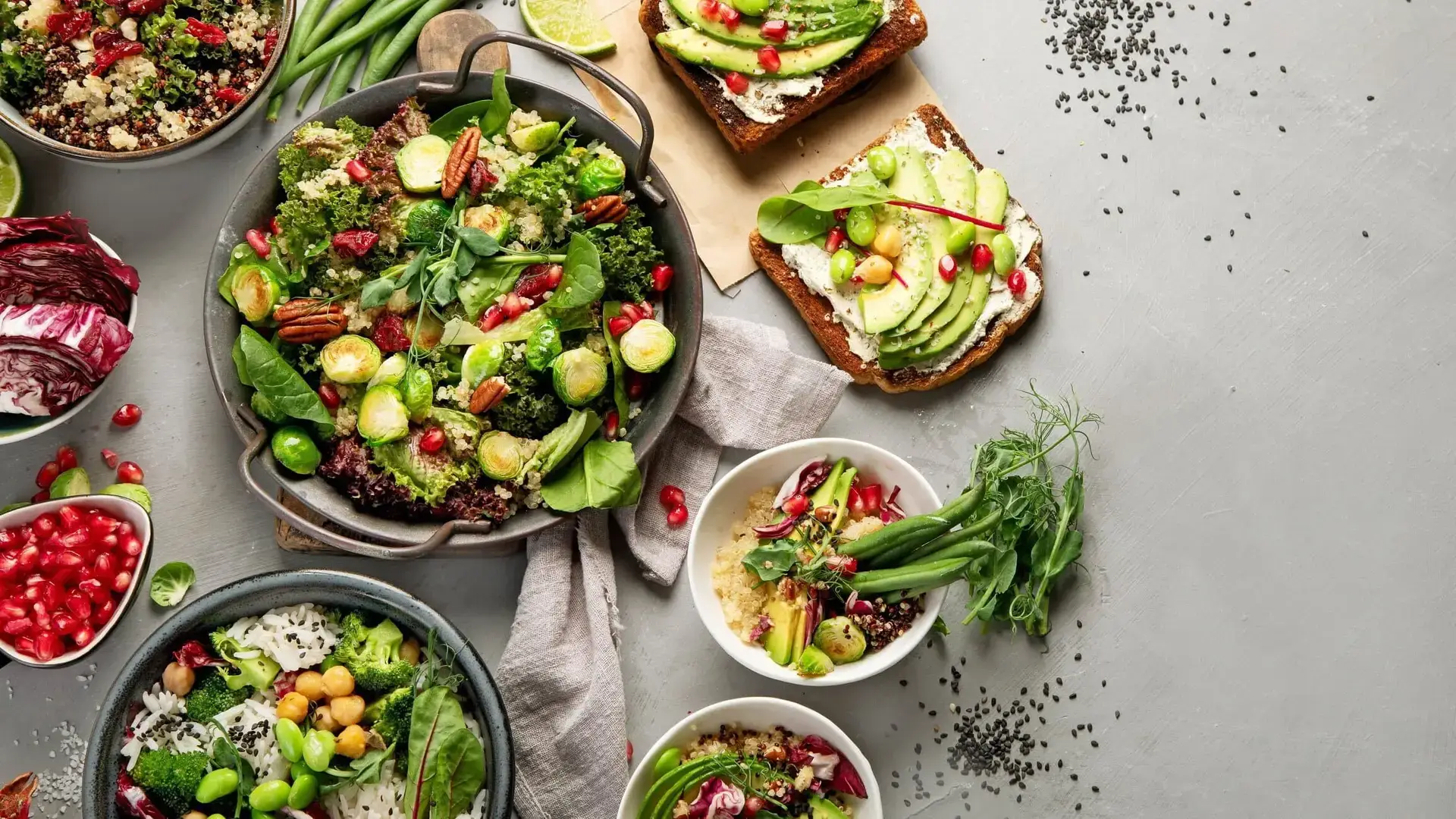
Introduction
Microgreens, the young seedlings of various plants, are a popular ingredient among chefs and home cooks alike for their intense flavours, vibrant colours, and high nutrient content. These tiny greens are typically harvested 7 to 14 days after germination, just when they develop their first set of true leaves. With a wide variety of microgreens to choose from, the culinary possibilities are endless. In this article, we’ll explore some creative ways to incorporate microgreens into your cooking repertoire, elevating the taste and presentation of your dishes.
Garnishing with Microgreens
One of the simplest yet most effective ways to use microgreens is as a garnish. Their delicate appearance, bright colours, and unique flavours can enhance the presentation and taste of a dish. Some popular microgreens for garnishing include:
Radish microgreens: With their peppery taste and vibrant red stems, radish microgreens add a pop of colour and flavour to salads, soups, and sandwiches.
Basil microgreens: The intense, aromatic flavour of basil microgreens pairs well with Italian and Mediterranean dishes, such as pasta, pizza, and caprese salad.
Cilantro microgreens: With a milder taste than mature cilantro, these microgreens can be sprinkled over tacos, guacamole, or curry dishes for a fresh, herby touch.
When using microgreens as a garnish, simply scatter them over the finished dish, or arrange them artfully for a more sophisticated presentation.
Microgreens in Salads
Microgreens make a delicious and nutritious addition to salads, adding texture, flavour, and visual appeal. You can create a microgreen salad by combining several varieties, such as:
Arugula microgreens: These peppery, slightly nutty greens pair well with other microgreens and salad greens, as well as with fruits, nuts, and cheeses.
Beet microgreens: With their earthy flavour and deep red colour, beet microgreens add depth and visual interest to salads.
Sunflower microgreens: These crunchy, nutty greens provide a satisfying texture and a mild flavour that complements a wide range of ingredients.
To create a microgreen salad, simply toss your chosen microgreens with a light dressing, such as lemon juice and olive oil, and season with salt and pepper. Add your favourite salad toppings, like cherry tomatoes, sliced avocado, or crumbled goat cheese, to complete the dish.
Incorporating Microgreens into Sandwiches and Wraps
Microgreens can add a burst of flavour and nutrients to sandwiches and wraps, replacing or complementing traditional greens like lettuce and spinach. Here are some ideas for using microgreens in sandwiches and wraps:
a. Sprinkle spicy microgreens, such as mustard or radish, over a turkey or roast beef sandwich for added heat and crunch.
b. Layer mild microgreens, like sunflower or pea shoots, into a veggie wrap for extra texture and a subtle, fresh taste.
c. Combine microgreens with other greens in a salad wrap or sandwich, adding variety and complexity to the flavours and textures.
Stirring Microgreens into Soups and Stews
Adding microgreens to soups and stews can enhance their flavour, colour, and nutritional content. Consider these suggestions for incorporating microgreens into your favourite soups and stews:
a. Stir in handfuls of hearty microgreens, like kale or chard, towards the end of cooking a vegetable or minestrone soup, allowing them to wilt slightly and absorb the flavours of the dish.
b. Add delicate microgreens, like basil or cilantro, as a finishing touch to a bowl of tomato soup or curry, providing a fresh, fragant contrast to the warm, rich flavours.
c. Mix finely chopped microgreens, such as parsley or dill, into a creamy potato or mushroom soup, enhancing the dish’s depth and complexity.
When adding microgreens to soups and stews, be mindful of their cooking times, as delicate varieties can become overcooked and lose their vibrant colours and flavours.
Blending Microgreens into Smoothies and Juices
For a nutrient-packed drink, blend microgreens into your favourite smoothie or juice recipe. Microgreens such as kale, spinach, and wheatgrass are especially rich in vitamins, minerals, and antioxidants, making them an excellent addition to your morning beverage. To incorporate microgreens into a smoothie or juice, follow these steps:
a. Choose a combination of microgreens, fruits, and vegetables that complement each other in flavour and texture. For example, pair the sweetness of fruits like bananas, berries, or mangoes with the earthy, green flavours of kale or spinach microgreens.
b. Add a liquid base, such as water, milk, or a non-dairy milk alternative, to help blend the ingredients smoothly.
c. Include additional ingredients, like yogurt, protein powder, or nut butter, to boost the nutritional content and creaminess of your smoothie.
d. Blend the ingredients until smooth and enjoy immediately for the freshest taste and optimal nutrient absorption.
Incorporating Microgreens into Cooked Dishes
While microgreens are often enjoyed raw, they can also be cooked and incorporated into a variety of dishes, such as omelettes, stir-fries, and pasta. Here are some ideas for using microgreens in cooked recipes:
Omelettes and frittatas: Whisk microgreens, like spinach, arugula, or kale, into your egg mixture before cooking to add colour, flavour, and nutrients to your breakfast dish.
Stir-fries: Toss microgreens, such as pea shoots, bok choy, or mustard, into a stir-fry at the last minute, allowing them to wilt slightly while retaining their bright colour and delicate texture.
Pasta dishes: Stir finely chopped microgreens, like basil or parsley, into pasta sauces or toss them with cooked pasta and a drizzle of olive oil for a fresh, herbaceous flavour.
When cooking with microgreens, remember that they are delicate and can become overcooked quickly. To preserve their taste and texture, add them towards the end of the cooking process or use them as a garnish.
Microgreens as a Base for Pesto
Microgreens can be used as a base for a unique and flavourful pesto sauce, which can be served with pasta, spread on sandwiches, or used as a dip. To make microgreen pesto, follow these steps:
a. Choose a variety of microgreens, such as basil, arugula, or cilantro, for the base of your pesto.
b. In a food processor or blender, combine the microgreens with ingredients like garlic, nuts or seeds (e.g., pine nuts, almonds, or sunflower seeds), and grated Parmesan or Pecorino cheese.
c. With the food processor or blender running, slowly drizzle in olive oil until the desired consistency is reached.
d. Season the pesto with salt, pepper, and lemon juice, to taste.
Microgreen pesto can be stored in an airtight container in the refrigerator for up to a week or frozen for longer storage.
Conclusion
Microgreens offer endless culinary possibilities, from garnishing and salads to cooked dishes and pesto. By incorporating these nutrient-dense greens into your meals, you can elevate the taste, presentation, and nutritional value of your dishes. Experiment with different microgreen varieties and cooking
Disclaimer
The information provided in this article is for educational and informational purposes only and is not intended as medical advice. It is not a substitute for professional medical advice, diagnosis, or treatment. Always seek the advice of a qualified healthcare provider with any questions you may have regarding a medical condition. The author and publisher of this article are not responsible for any adverse effects or consequences resulting from the use of any suggestions, preparations, or procedures described in this article.




